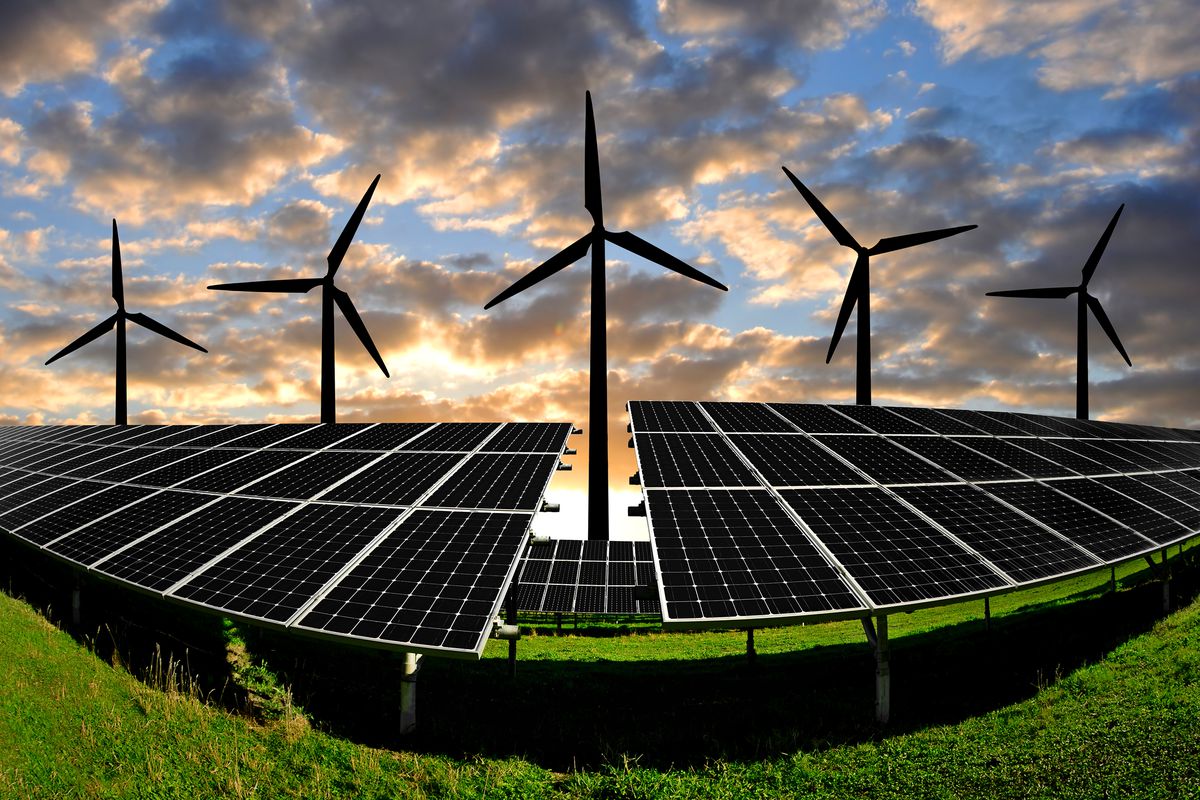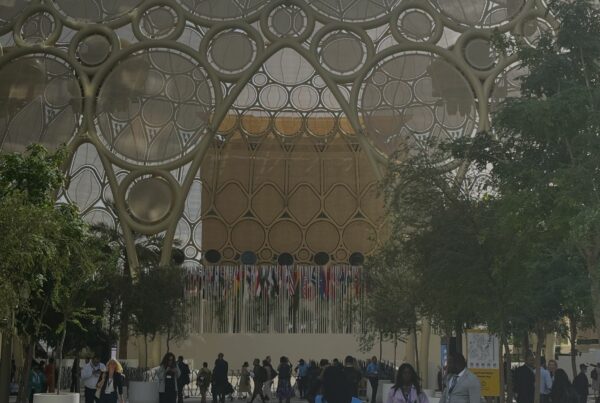A coalition of nations representing over two-thirds of the global economy has banded together at COP to forge what they’re calling the Breakthrough Agenda. The aim is simple: Make clean energy the “most affordable, accessible and attractive choice” right across the world, particularly in developing countries. It follows the USD 10 billion Global Energy Alliance for People and Planet (GEAPP) established by the Rockefeller Foundation and IKEA Foundation, among others, earlier this week.
As decarbonisation accelerates the world over, clean energy is taking centre stage. This is particularly true in Asia. India has set itself a net zero by 2070 target and increased its 2030 renewables target to 500 GW, up from 450 GW previously. It currently has 100 GW of capacity. Last year, China announced it will install 1,200 GW over the next decade in pursuit of its 2060 carbon neutrality target. Having just set its own 2050 net-zero target, Vietnam will by 2030.
The startling growth of technologies like solar and wind will make achieving these targets possible.
Breaking Records
Since the Paris Agreement, the rate of growth for solar and wind capacity has increased every year, rising from 119 GW in 2015 to over 200 GW in 2020, a rise of almost 70%. Even COVID-19 was unable to stem the tide of renewables, with installations growing at their fastest rate in the last two years. So much so that in 2021, new capacity additions could surpass 250 GW, BNEF forecasts.,
Mirroring this trend has been a startling growth in renewable energy generation. Between 2015 and 2020, the electricity generated by solar and wind worldwide surged 125%, Ember data show. In the first half of 2021, they met 10.5% of global electricity demand, up from 4.6% in 2015.
“Globally, 27% of the coal fleet is unprofitable while over 20% of European gas power plants and nearly 30% of those in the US run at a loss”
Dramatic cost reductions have rewired the economics of electricity. Solar and onshore wind are now 85% and 49% cheaper than they were a decade ago. A recent analysis found that they are the cheapest source of the new generation in over 40 countries accounting for 91% of global electricity generation. Not only that but in countries representing roughly 50% of all generation, building new solar and onshore wind is already cheaper than running existing thermal power plants. In numerous developing countries, such as the Philippines and Indonesia, mini-grids running on renewable energy offer the cheapest electricity generation.
The economic case for coal or gas plants is, therefore, crumbling. Globally, 27% of the coal fleet is unprofitable while over 20% of European gas power plants and nearly 30% of those in the US run at a loss. The recent surge in fuel prices is poised to tip many more into the red.
Only the beginning
Impressive as it is, this growth is not enough. The world will invest a cumulative USD 1 trillion in clean energy and grid infrastructure in 2021, the IEA estimates. To broadly align with a 1.5ºC scenario, this needs to triple to over USD 3 trillion on average each year through to 2030. But renewables are not competing on a level playing field in many countries – the G20 provided USD 600 billion in support for fossil fuels in 2020, almost double the USD 303 billion that was invested in renewables globally that year. Moreover, around 70% of the global coal fleet is shielded from market forces by policy.
This is where the Breakthrough Agenda and the GEAPP can make a difference. They can help countries develop the expertise needed to move to clean energy and catalyse the necessary investments to build it. For its part, the GEAPP hopes to use its USD 10 billion to leverage USD 100 billion in capital.
Renewables are entering a golden age. Seizing the opportunities they provide, including cheap, robust and secure energy for all, will be crucial over the coming decade.





